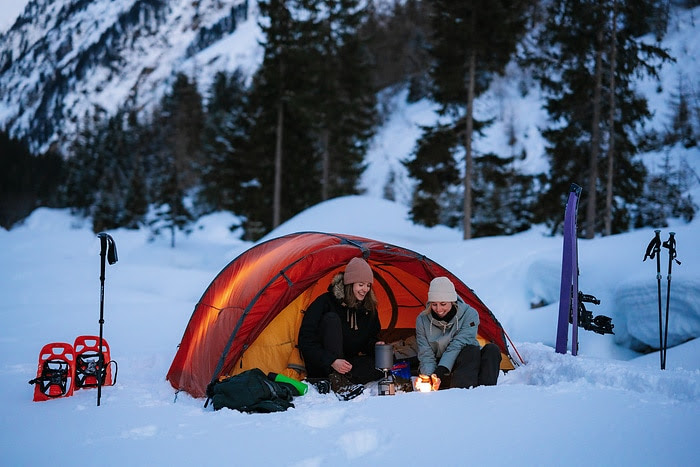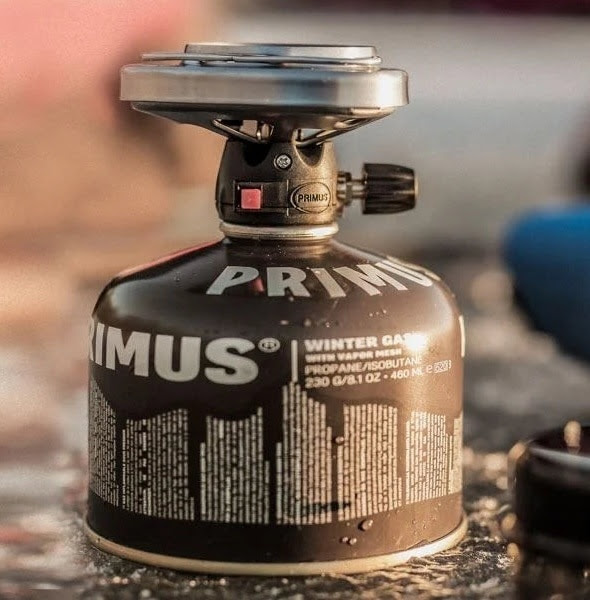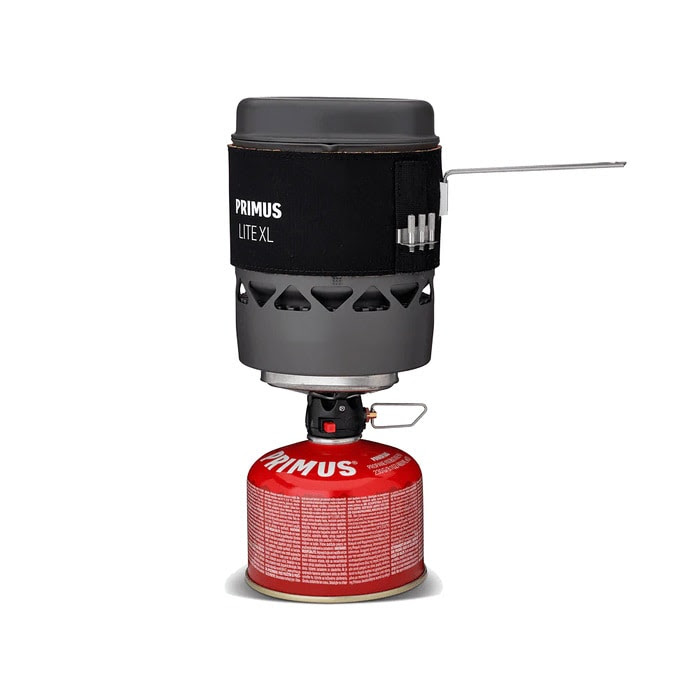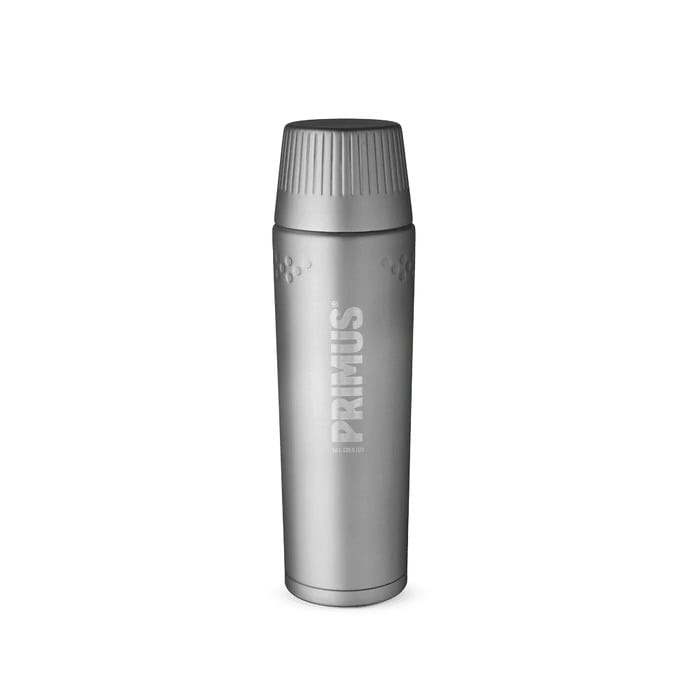
Can’t you prepare a warm meal on the mountain in winter? Not true! With a little preparation and a few tips, you can melt snow as well as cook a delicious dish. Primus gives 5 tips on what you should pay attention to when cooking in temperatures below zero.
Tip 1 – Planning is half the battle – and makes cooking on the mountain easier
Anyone planning a ski tour for the next day checks their equipment, checks the weather, the avalanche report and prepares for the tour. The same applies to food: “Preparation when planning a tour should also include food – dicing your onions on the mountain at sunset sounds romantic, but it can quickly become an adventure when it’s windy, uneven ground and hungry,” says Benedikt Hofrichter , Sales and Event Manager at Primus.
He recommends a lentil stew that has been specially optimized for cooking on the go. Simply prepare the spice mixture at home, chop up the onions, parsnips and garlic and store them in ziplock bags, for example. By the way: Checking the camping stove is also part of the preparation.
Tip 2 – Hot water in the thermos bottle saves time and fuel
“In winter, a thermos bottle with hot water is a must. During longer breaks, you can quickly have tea water at hand, and when you start a bivouac, the already hot water significantly reduces cooking times and fuel consumption,” explains Benedikt. With a good vacuum bottle like the 1 liter version from Primus, the water stays reliably hot. By the way: This makes it easy to prepare a white sausage breakfast even at alpine heights!
Tip 3 – Not all gas is the same: What you need to pay attention to in winter
In cold temperatures, the pressure in the cartridge decreases and the cooker performance is reduced. That’s why Primus developed winter gas. The thin VaporMesh layer in the cartridge means the fuel has a larger surface area to convert into the gaseous state. This means the winter gas ensures stable performance down to -20° Celsius. Erik Wirén, Customer Support Manager at Primus, explains: “As the name suggests, the winter gas is optimized for use in cold temperatures. Of course it also works well when it’s not so cold. Plus points are the high performance and longer use. Also perfect for spring ski tours when the temperatures are milder.

Tip 4 – This is how gourmet cuisine works on the mountain
The climb is done. Now it’s time to find a suitable place to prepare the meal. Important for the performance of the stove: as sheltered from the wind as possible – this is also more comfortable to sit on. Trees or large rocks provide natural protection from the wind. The base of the cooker should be as level as possible so that the pot does not wobble and tip over. Once the perfect spot has been found, it’s time to cook: turn on the stove, sauté the onions and garlic, add spices, then parsnips, lentils and a little water, then cook everything together. Served with some yogurt and fresh coriander, this dish will make gourmets‘ hearts beat faster. The Primus Lite XL system cooker is the ideal helper for one-pot dishes or for melting large amounts of water. Particularly practical: the stove and cartridge can be transported in the pot to save space.
Tip 5 – Don’t just fly in the pan: Cooking can also take place over several days
Anyone planning a multi-day ski tour or spending a long time in the Scandinavian hinterland will appreciate the proven features of a light and small stove like the Primus Express Spider. If you use the stove frequently, you should take a larger cartridge with you as a precaution. Benedikt Hofrichter explains how to cook in a particularly fuel-efficient way: “Pots with heat exchangers at the bottom also conduct the heat up the sides. This effect is particularly noticeable when snow melts and fuel is saved. When temperatures are below zero, I try to unscrew and warm the cartridge before and between cooking processes. Similar to batteries or rechargeable batteries, you can take them with you in your sleeping bag, for example, so that you can cook in the morning.”

LITE XL STOVE SYSTEM
A companion that makes mountain hearts beat faster: With the light and fuel-efficient Lite XL stove, snow can be melted or a small dish cooked in a flash on the mountain. The stove scores with its small pack size and low weight of 460 grams without cartridge. The water boils in less than three minutes thanks to the integrated heat exchanger.

TRAILBREAK VACUUM BOTTLE 1.0L STEEL
Thanks to the vacuum-tight construction, your water stays ice cold and your coffee stays steaming hot. These extremely durable bottles are made from food-safe, tasteless 18/8 stainless steel. The lid also serves as a cup. The large opening makes cleaning and filling easier

EXPRESS SPIDER STOVE
The Express Spider is one of the lightest cartridge stoves and fits compactly into the top compartment of any backpack. Despite its light weight, the Express Spider is durable and stable. It weighs just 200 grams. The preheat coil allows use even at low temperatures and can bring a liter of water to a boil in five minutes with its 2,000W flame.


